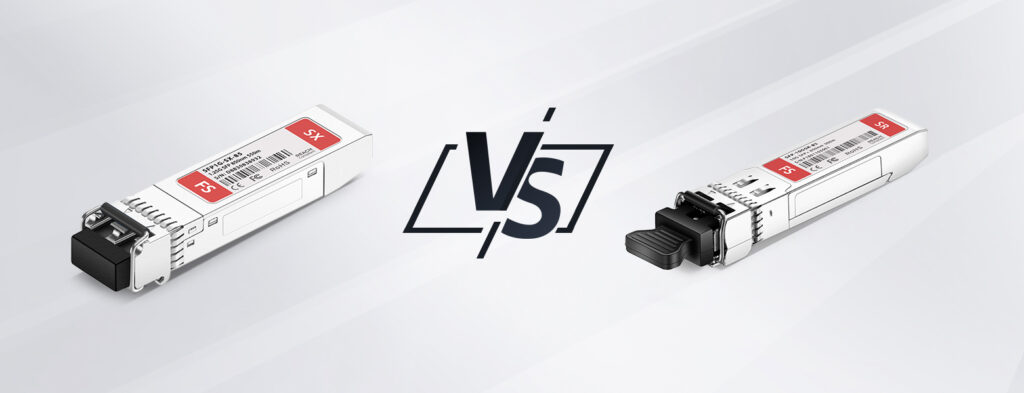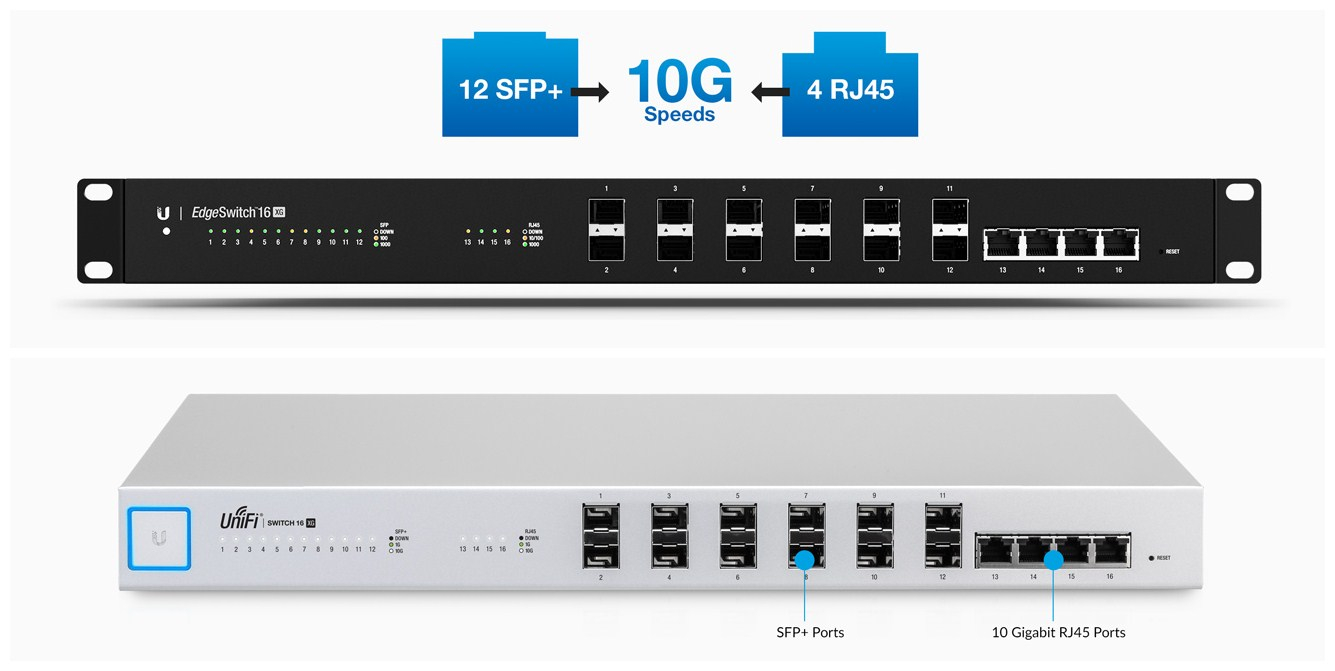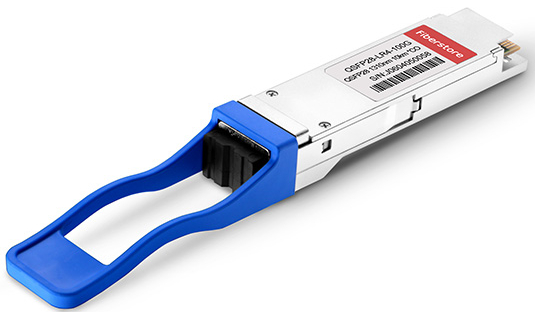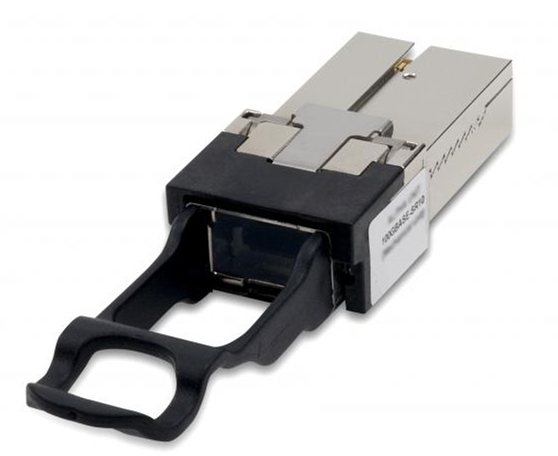Small Form-Factor Pluggable (SFP) optical modules play a crucial role in modern networking environments, providing the flexibility and scalability necessary for efficient data transmission. Understanding the differences between 1G and 10G SFP modules is essential for network administrators and technicians to optimise network performance and ensure compatibility. In this blog post, we’ll delve into the fundamentals of SFP optical modules and explore various methods to distinguish between 1G and 10G SFPs.
Introduction to SFP Optical Modules
SFP optical modules, also known as Mini-GBIC (Gigabit Interface Converter), are hot-swappable transceivers commonly used in networking equipment. They facilitate the transmission of data over optical fibre cables and support various data rates and communication protocols, making them versatile components in modern networks.
What is a 1g SFP module?
A 1G SFP module, also known as a 1-gigabit small form-factor pluggable module, is a type of transceiver used in telecommunications and data communications for both telecommunication and data communications applications. It is designed to support communication over fibre optic or sometimes copper networking cables at speeds up to 1 gigabit per second (Gbps).There are many types of 1G SFP optical modules, mainly including single-mode and multimode. The single-mode optical module is suitable for long-distance transmission, while the multimode optical module is suitable for short-distance transmission. Additionally, there are differences between various brands and models of 1G SFP optical modules, such as the supported maximum distance, wavelength, interface type, etc., which need to be selected according to specific requirements.
What is a 10g SFP module?
The 10G SFP module, also known as a 10Gb small pluggable transceiver, is an upgraded version of the standard SFP module that supports data rates up to 10Gb per second. It usually consists of components such as packaging, interfaces, optical transceivers, and circuit boards, and transmits data between multimode and single-mode fibres through SFP + slots connected to network devices such as switches or routers. Compared with the 1G module, it is designed to handle larger bandwidths, making it very suitable for high-speed data transmission applications.

How to Differentiate Between 1G and 10G SFP+
Physical Identification
One of the primary methods to differentiate between 1G and 10G SFP modules is through physical identification. Manufacturers often label SFP modules with clear markings indicating their speed compatibility, such as “1G” or “10G”. These labels are typically located on the front or top surface of the module and provide a quick reference for identifying the speed rating.

Configuration Check
Another method involves checking the configuration settings of the SFP module within the networking device. Network administrators can access the device’s management interface and view the configured speed of the SFP port. This method provides direct insight into the operational speed of the SFP module.
Optical Power Detection
Optical power detection is a practical approach to differentiating between 1G and 10G SFP modules. By measuring the optical power output of the SFP module using a power meter or optical time-domain reflectometer (OTDR), technicians can determine whether the module operates at 1G or 10G speed. Higher optical power levels typically indicate 10G operation.
Spectrum Analysis
Spectrum analysis involves examining the spectral characteristics of the optical signal transmitted by the SFP module. Technicians can use optical spectrum analysers to analyse the frequency components of the signal and identify patterns associated with specific data rates, such as 1G or 10G. This method provides a comprehensive understanding of the SFP module’s operational characteristics.
In summary, differentiating between 1G and 10G SFP modules requires a combination of physical identification, configuration checks, optical power detection, and spectrum analysis. Network administrators and technicians should leverage these methods collectively to accurately identify the speed of SFP modules within their network infrastructure. By understanding the capabilities of SFP modules, organisations can optimise network performance and ensure seamless compatibility in diverse networking environments.
Summary
Mastering SFP management is crucial for robust, efficient networks. Knowing how to distinguish between 1G and 10G SFPs enables better network setup and performance. If you require assistance in selecting the most suitable product, feel free to consult our sales team for expert guidance.
Related Articles:
SFP-10G-SR vs SFP-10G-LRM vs SFP-10G-LR, Which to Choose?
Is SFP Compatible With SFP+? Can 10G SFP+ Run at 1G SFP Gigabit Switch Port?







